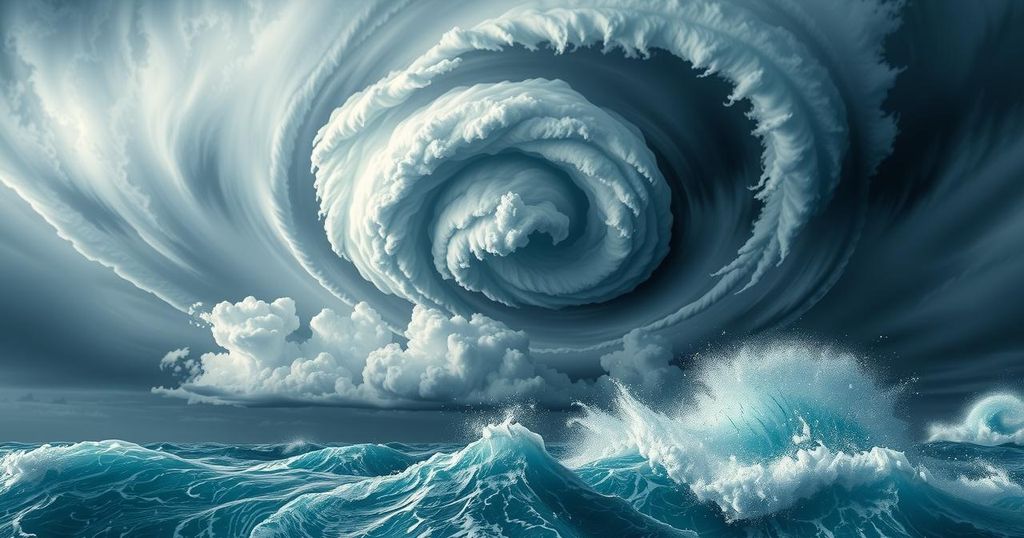Tropical Cyclone Surge in the Southern Hemisphere
The Southern Hemisphere remains active with tropical cyclones, notably Alfred, Honde, and Garance, as the Northern Hemisphere is free from tropical threats. These cyclones could significantly affect regions like Madagascar and Australia, where flooding risks have been noted. The cyclone activity this season is significantly elevated, forecasted to taper off soon as conditions shift towards the Northern Hemisphere’s cyclone season.
Tropical cyclone activity remains a prevalent phenomenon across the Southern Hemisphere, particularly as the Northern Hemisphere experiences winter without any tropical threats. The Joint Typhoon Warning Center is currently monitoring six cyclones, named Alfred, Seru, Rae, Honde, Garance, and Bianca, as they traverse the South Pacific and the Indian Ocean. These systems pose varying degrees of risk to land areas, with potential disruptions anticipated in certain regions.
Cyclones Honde and Garance are of particular concern due to their potential to impact Madagascar and Mozambique significantly. Heavy rainfall and strong winds are expected in these areas. Meanwhile, Meteorologists in Australia are closely watching Cyclone Alfred, which is predicted to strike the Australian coastline imminently, bringing with it risks of flooding and travel disturbances across Queensland.
Although Cyclones Seru and Rae are not expected to cause major disruptions to landmasses, they still contribute to the elevated cyclone activity in the Southern Hemisphere, which is reported to be 138% above normal levels. This increase is attributed to heightened tropical cyclone development in the South Indian Ocean, reflecting a deviation from typical patterns observed in the Pacific.
Australia has already faced the effects of several cyclones this season, including Tropical Cyclone Zelia, a robust Category 5 storm that temporarily suspended iron ore mining along the Pilbara Coast. Despite the current uptick in cyclone activities, forecasters predict that this will signal the final major thrust of the cyclone season as conditions are poised to shift soon.
As the water temperatures cool and the sun transitions to the Northern Hemisphere post-spring equinox, the cyclone season in the Southern Hemisphere will conclude rapidly. In contrast, the Northern Hemisphere, particularly the North Indian Ocean and the western Pacific, is anticipated to witness the commencement of its cyclone activities, which typically begins during the summer months.
In summary, the Southern Hemisphere is currently experiencing significant tropical cyclone activity, with several systems posing risks to coastal regions. While Cyclones Honde and Garance may lead to immediate concerns, Cyclone Alfred is particularly watched for its potential impact on Australia. Elevated cyclone energy levels suggest unusual activity this season, which will soon transition as conditions favor the Northern Hemisphere’s cyclone season.
Original Source: www.foxweather.com




Post Comment